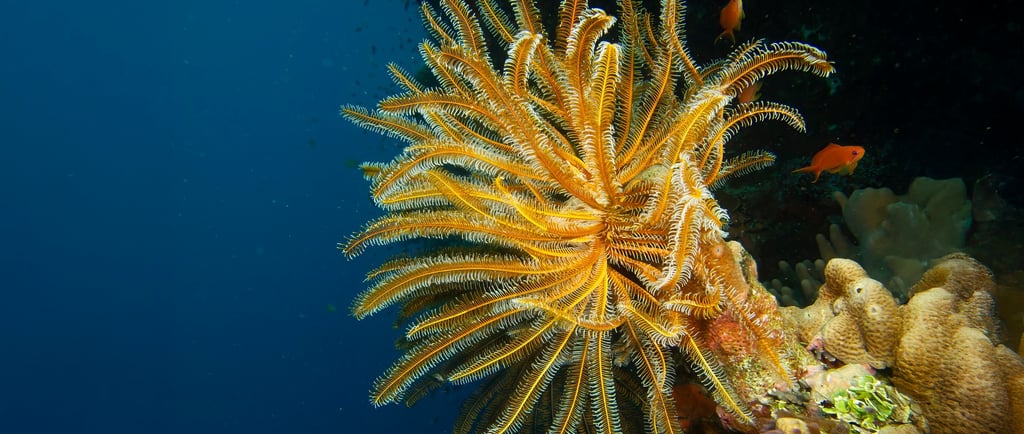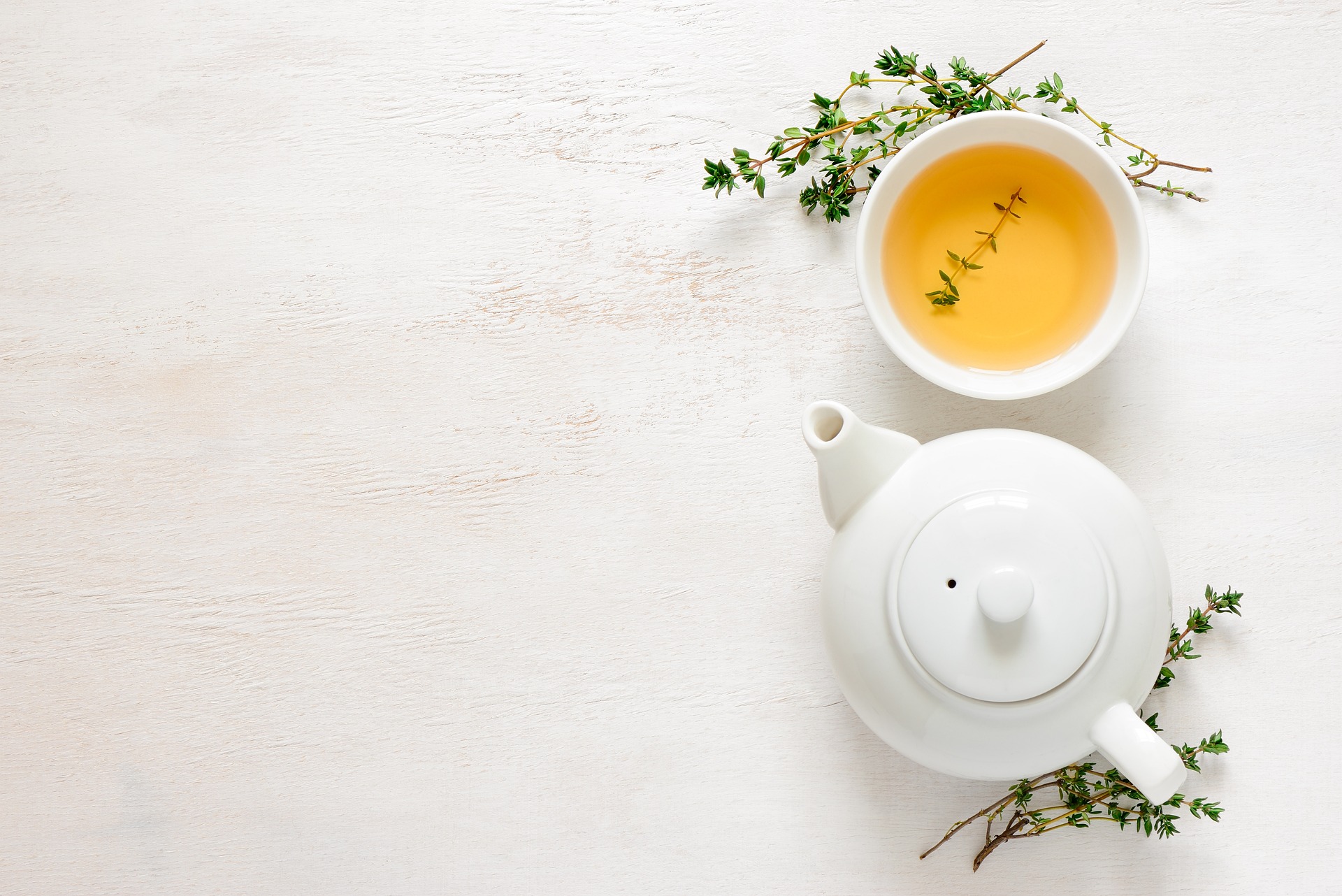🐚 I, Crinoid: The Feathered Star of the Ancient Seas 🌊✨
🌊 A follow-up story branching from Chapter : Life on Earth and the Timeline of Life 🪸✨This story introduces children to one of the ocean’s most ancient survivors—the graceful, flower-like Crinoid, also known as the sea lily. 🌟 It brings children to Ordovician and Silurian Periods, when marine life flourished and many body plans appeared for the first time. With waving arms that catch food from passing currents, crinoids invite children to explore the concept of filter-feeding, ecosystems, and evolution through calm, poetic motion. 🌿🌊 This story encourages children to follow their wonder: “Where do sea lilies live today?” “What do their fossils look like?” “How do ancient forms still survive in our oceans?” As they revisit the Timeline of Life, children begin to see how the deep sea has its own stars—some still swaying quietly just like they did 450 million years ago. 🕰️🌍
BIOLOGY STORIES
8/27/20252 min read


You might think I’m a flower… but I’m not. 🌸 I only look like one—soft arms waving like petals in the ocean current. I am Crinoid 👏 Cri 👏 noid 👏 —my name means “lily-like,” and some still call me the sea lily. But don’t be fooled… I’m not a plant. I’m a sea animal—a cousin to starfish and sea urchins! ⭐🌊
I’ve lived in the oceans for over 450 million years, ever since the Ordovician Period. That’s long before dinosaurs, even before forests grew on land! 🌍🕰️ When you unroll the Timeline of Life, look for me growing in the underwater Forest of Sea Lilies, where I once covered the ocean floor like a magical garden. 🪸🌿
I hold onto rocks or shells with my stalk, stretching my arms out into the water. My arms—sometimes more than 200!—are lined with tiny, sticky fingers to catch food drifting by. Plankton, particles, floating surprises—I grab what I can as the currents flow. It’s like having feathery hands doing an ocean dance. 💃🌊
But guess what? Some of my cousins are even fancier. They don’t stay put like I do—they swim! 🐙✨ They’re called feather stars, and they flap their arms to glide through the water like ballerinas with wings. Would you like to try swimming like that?
My body is full of secret shapes and spirals. Long ago, when I died, my hard parts sank and turned into fossils, leaving behind spiraled stems and tiny stars in stone. People find them in cliffs and riverbeds, thinking they’ve discovered flowers. But really—it’s me, Crinoid, a sea creature from another world. 🦴🌟
🕰️ Back in the ancient seas, I swayed beside trilobites, and other sea-floor explorers. The world was different and quiet, filled with soft-bodied creatures and shelled swimmers. No birds. No mammals. No land trees. Just currents, creatures, and coral-like castles.
Even today, some of us still live in the ocean’s deep, dark places, waving in the currents just like we did hundreds of millions of years ago. I survived five mass extinctions. 🌊⏳ I watched the rise of fish, the march onto land, and the blooming of forests—and I’m still here.
💭 I wonder…📏 How tall did ancient crinoids grow? How do their sizes compare to those alive now?🌍 In which oceans can we find living crinoids today? Are they easy to spot or do they hide in secret places?
I-narrative stories are best told aloud, allowing children to fully engage their imagination and connect deeply with the subject. Sometimes, we use charts or visual aids to spark even more curiosity and understanding. I tailor these stories because of my passion for storytelling and my desire to connect children with the world around them. Through stories, children can explore nature, history, art, biology, music, geometry, language, geography and the wonders of the universe in a way that feels memorable and alive.
With Montessori joy,
Vanina 😊

